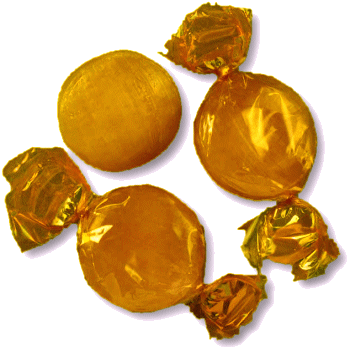




WELCOME TO An Entertainment Site for Scottish Country Dancers - Enjoy the curated selection of theme-related dances for celebrations and holidays, or find a dance associated with a special calendar day, or EVEN your own birthday!
Mathematical Mole Day
Oct 23
Other Scottish Country Dances for this Day
Today's Musings, History & Folklore
"Demoleition: destruction moles cause in your yard (or on your chemistry paper, if you forget Avogadro's number)"
~ Bad Mole Math Puns for Mole Day
For those who delight in numbers or have ever encountered a mischievous mole in their garden, the playful jig of "the moudiewort" promises joy for all! Celebrated annually on October 23, from 6:02 a.m. to 6:02 p.m., Mole Day honors Avogadro's Number (6.02 x 10²³), a cornerstone of chemistry. The term "moudiewort" dates back to Middle and Early Modern English, when moles were called "mouldywarps," meaning "one who throws soil" or "dirt tosser"—a fitting title for these tiny earth-diggers! In Scots, "moudiewort" commonly refers to the mole, which gained symbolic importance in the 18th century. After William III's death in 1702, caused by a fall from his horse over a molehill, Jacobites in Scotland saw the mole as a hero and would raise their glasses to the "little gentleman in velvet." Moles also had a bawdy reputation in old Scottish literature, often linked to playful humor. The folk song "The Moudiewark," collected and the lyrics claimed by Robert Burns is sometimes found in The Merry Muses of Caledonia, a collection full of very naughty verse — perhaps more suited to a raucous pub than the dance floor, Mr. Burns! Perhaps best to stick to the moudiewort's math association amongst polite company! 😄 ➕ ➖ ➗ 🤎 🤎 🤎 🎶
The Moudiewort
Oct 23 is "Mole Day," an unofficial holiday celebrated among chemists, chemistry students and chemistry enthusiasts on October 23, between 6:02 AM and 6:02 PM, making the date 6:02 10/23 in the American style of writing dates.
The time and date for this day are derived from Avogadro's number or constant, which is approximately 6.02×10^23, defining the number of particles (atoms or molecules) in the scientific unit known as one "mole" of a substance. The term mole was coined around the year 1900 by the German chemist Wilhelm Ostwald. It comes from the german word for molecule 'molekül'.
The expression "don't make a mountain out of a mole hill" - to exaggerate problems – was first recorded in Tudor times. Male moles are called "boars", females are called "sows," and a group of moles is called a "labour".
For interesting facts about moudieworts, click the mole!
And to see The Moudiewort performed by The Red Thistle Dancers in 2018, see below.
Click the dance cribs or description below to link to a printable version of the dance!




